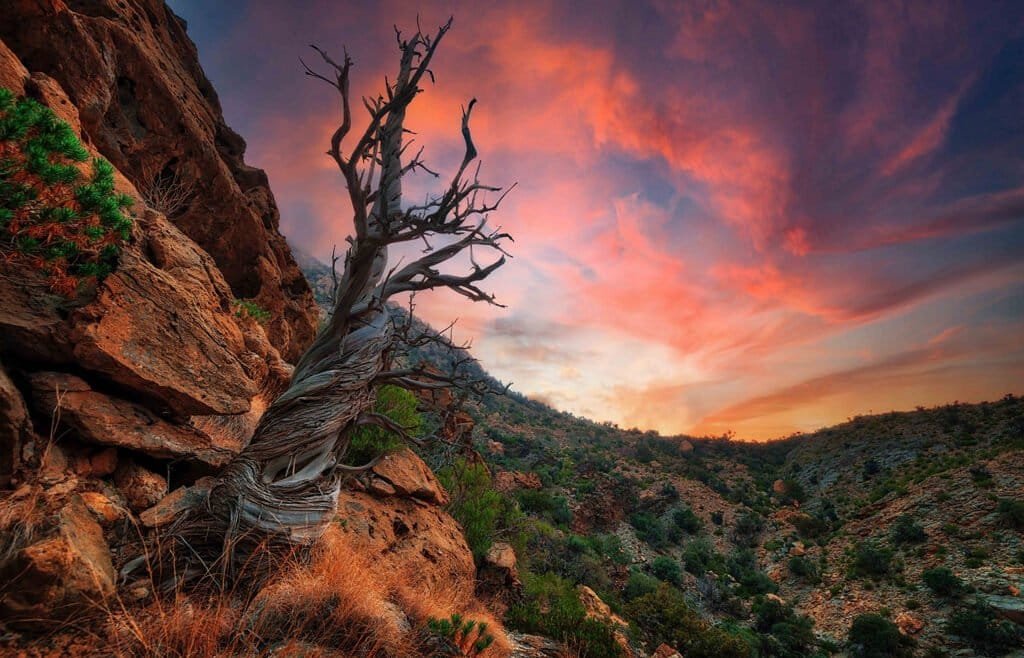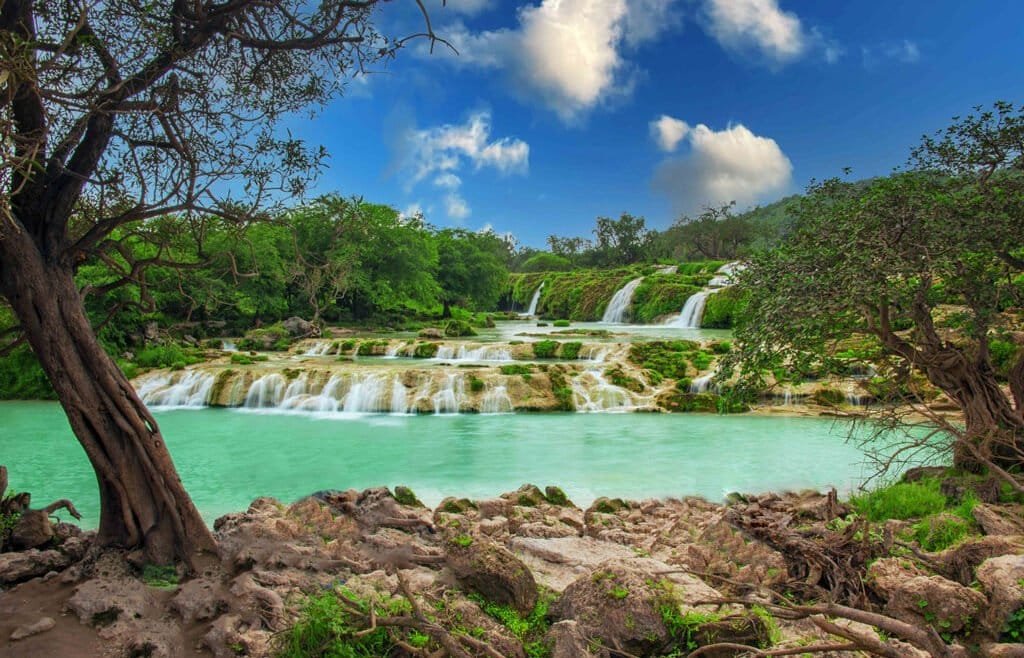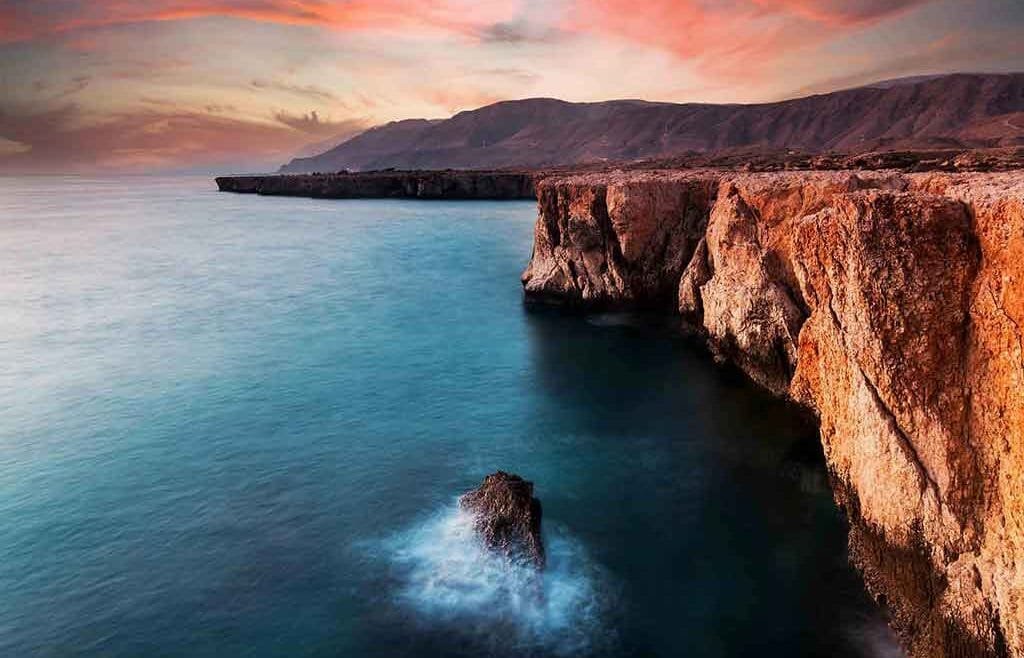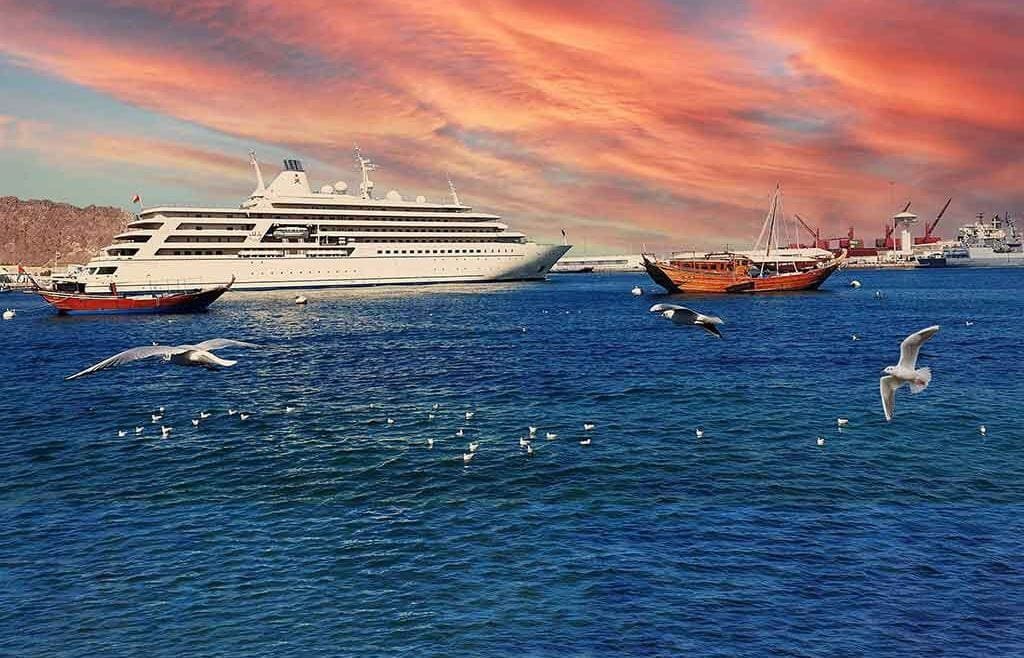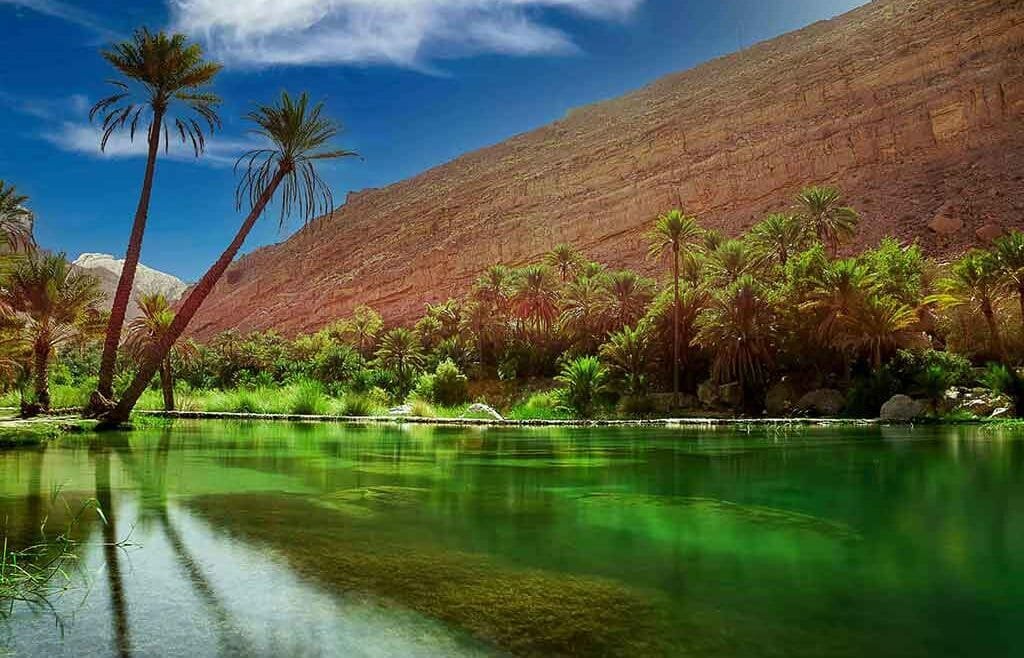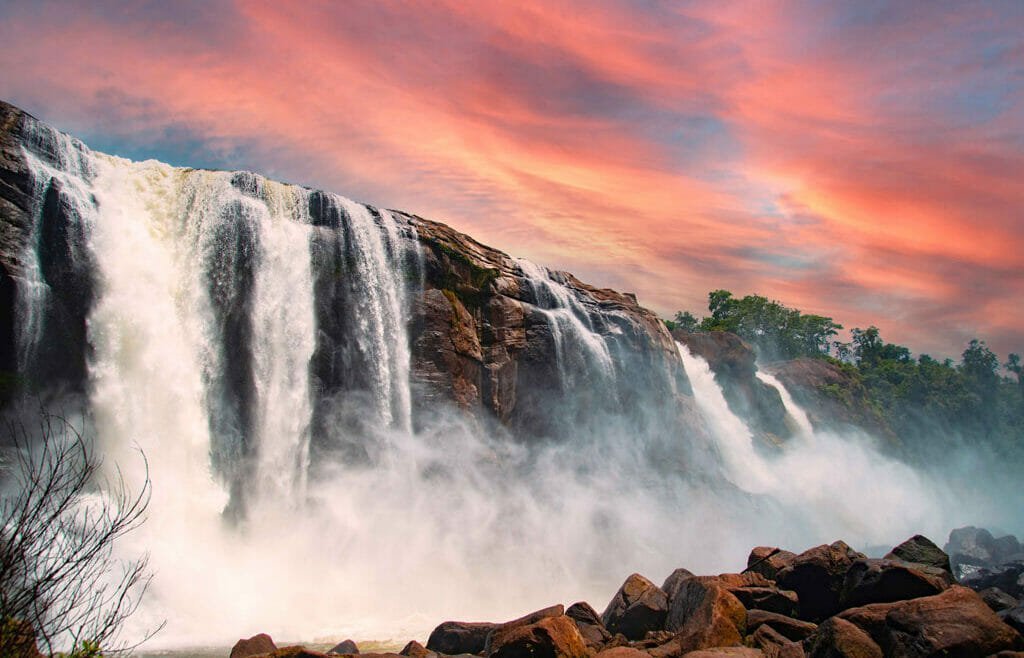Al Hajar Mountains
Al Hajar Mountains
Unveiling the Magnificence of the Al Hajar Mountains
Introduction to the Al Hajar Mountains
The Al Hajar Mountains, located in the eastern part of the Arabian Peninsula, are a mesmerizing range that stretches across Oman and the United Arab Emirates. These majestic mountains formed millions of years ago through tectonic activity, boast a remarkable blend of natural beauty, rich biodiversity, and cultural heritage. With its towering peaks, deep wadis, and ancient settlements, the Al Hajar Mountains have become a captivating destination for adventurers, nature enthusiasts, and history buffs alike.
This article explores the geological formation, unique features, biodiversity, cultural significance, outdoor activities, conservation efforts, and the challenges and opportunities faced by the Al Hajar Mountains in the present day. Join us on a journey to discover the wonders of this magnificent mountain range.
Location and Overview
Nestled in the eastern part of the Arabian Peninsula, the Al Hajar Mountains are an awe-inspiring range that stretches across Oman and the United Arab Emirates. These majestic mountains cover a vast area and boast a rich tapestry of geological wonders, biodiversity, and cultural heritage.
Historical Significance
The Al Hajar Mountains have witnessed the passage of time and the rise and fall of civilizations throughout history. They have provided shelter to ancient settlements, served as trading routes, and offered a source of inspiration for countless generations. Exploring the mountains reveals glimpses of past cultures and their enduring impact on the region.
Tectonic Activity and Formation
The Al Hajar Mountains owe their existence to the tectonic forces that shaped the Arabian Peninsula. Over millions of years, the collision of the Arabian and Eurasian plates resulted in the dramatic uplift of these mountains. This geological process left behind a breathtaking landscape of rugged peaks, deep valleys, and striking rock formations.
Mountain Ranges and Peaks
The Al Hajar Mountains comprise several distinct ranges, each with its own unique character. From the towering Jebel Shams, Oman’s highest peak, to the picturesque Jebel Akhdar with its terraced farms and ancient villages, the mountains offer a diverse range of scenery that will leave you spellbound.
Wadis and Canyons
One of the most captivating features of the Al Hajar Mountains is the network of wadis (dry riverbeds) and canyons that crisscross the region. These natural marvels provide an oasis of serenity amidst the rugged landscape. From the popular Wadi Bani Khalid, with its crystal-clear pools, to the grandeur of Wadi Ghul, known as the “Grand Canyon of Arabia,” these wadis offer a stunning backdrop for adventure and relaxation.
Flora and Fauna
The Al Hajar Mountains are a haven for biodiversity, with a remarkable assortment of plant and animal species. Walking through the mountains, you’ll encounter a variety of resilient desert shrubs, aromatic herbs, and seasonal wildflowers. The range’s wildlife includes Arabian leopards, mountain gazelles, and a dazzling array of bird species.
Endemic Species
This mountain range is home to numerous endemic species that have adapted to the arid conditions over time. From the remarkable Arabian tahr, a wild goat found nowhere else on Earth, to the Al Hajar skink, a unique reptile only found in these mountains, the Al Hajar Mountains boast a truly remarkable natural heritage.
Conservation Efforts
Recognizing the importance of preserving the ecological richness of the Al Hajar Mountains, conservation efforts are underway. National parks and protected areas have been established to safeguard the unique flora and fauna, ensuring that future generations can continue to appreciate the extraordinary beauty of this natural treasure.
Ancient Settlements and Archaeological Sites
The Al Hajar Mountains bear witness to the footprints of ancient civilizations. Exploring the region, you’ll come across ancient settlements, such as Nizwa, with its imposing fort and vibrant souq. Immerse yourself in the rich history and architectural wonders that have stood the test of time.
Rock Art and Petroglyphs
Scattered throughout the mountains, rock art, and petroglyphs provide a glimpse into the lives of past inhabitants. These ancient drawings, etched into the rocks, depict scenes ranging from hunting expeditions to religious rituals, offering a fascinating insight into the cultural practices of bygone eras.
Cultural Traditions and Festivals
The communities living in and around the Al Hajar Mountains have preserved their rich cultural traditions. Experience the warmth and hospitality of the local people as you participate in traditional festivals, such as the camel racing events or the vibrant celebrations of Eid al-Fitr. These cultural experiences create lasting memories and a deeper appreciation for the mountain’s significance.
Whether you’re a nature lover, history enthusiast, or culture aficionado, the Al Hajar Mountains have something incredible to offer. So pack your sense of adventure and embark on a journey to experience the wonders of these magnificent mountains firsthand.
Hiking and Trekking Routes
The Al Hajar Mountains are a haven for hiking enthusiasts. With its rugged terrain and breathtaking landscapes, there are plenty of hiking and trekking routes to explore. Whether you’re a seasoned hiker or just starting out, there are trails suitable for all levels of expertise. Strap on your boots and get ready to explore the stunning valleys, deep canyons, and towering peaks that make up this mountain range.
Rock Climbing and Mountaineering
For those seeking an adrenaline rush, the Al Hajar Mountains offer thrilling opportunities for rock climbing and mountaineering. The sheer cliffs and rugged rock formations provide an ideal playground for climbers of all levels. Whether you’re a beginner or a seasoned pro, you’ll find challenging routes and stunning views that will leave you breathless (both from the climbing and the scenery).
Cave Exploration
If you’re feeling a bit adventurous and like to delve into the hidden depths of the earth, then cave exploration in the Al Hajar Mountains is a must-try activity. With an extensive network of caves, there are endless opportunities to discover the underground wonders of this mountain range. Just be sure to bring your headlamp and a sense of adventure!
Ecotourism Initiatives
The Al Hajar Mountains are not only a natural wonder but also a testament to sustainable tourism practices. Ecotourism initiatives have been implemented to ensure the preservation of the delicate ecosystem while allowing visitors to enjoy the beauty of the mountains. From responsible tour operators to eco-friendly accommodations, these initiatives aim to create a harmonious balance between tourism and the environment.
Protected Areas and Reserves
To safeguard the diverse flora and fauna of the Al Hajar Mountains, several protected areas and reserves have been established. These areas act as sanctuaries for endangered species and help preserve the unique biodiversity of the region. Visitors can explore these protected areas with the guidance of knowledgeable guides who can shed light on the importance of conservation efforts.
Community Involvement and Education
Conservation efforts in the Al Hajar Mountains are not limited to government initiatives alone. Local communities have actively participated in preserving their natural heritage and have been key players in raising awareness about the importance of sustainable practices. Through educational programs and community involvement, future generations are being empowered to protect and cherish the wonders of the Al Hajar Mountains.
Indigenous Inhabitants and Ethnic Diversity
The Al Hajar Mountains are not just a geological marvel; they are also home to various indigenous communities with rich cultural traditions. These communities, with their diverse ethnic backgrounds, have forged a unique identity shaped by the harsh yet beautiful landscape they inhabit. Exploring the region allows visitors to interact with the locals and gain insights into their ways of life, traditions, and customs.
Traditional Crafts and Cuisine
The local communities of the Al Hajar Mountains have a strong connection to their natural surroundings and have developed traditional crafts that reflect this bond. From intricate pottery to vibrant textiles, these crafts offer a glimpse into the artistic heritage of the region. And after a day of exploring, be sure to indulge in the delicious traditional cuisine, which is a blend of Arabian flavors and mountain influences.
Nomadic Pastoralism and Bedouin Culture
Nomadic pastoralism has been a way of life for centuries in the Al Hajar Mountains, and it continues to thrive today. Bedouin culture, with its deep-rooted traditions and hospitality, adds to the charm of this mountainous region. Interacting with the nomadic communities gives visitors a chance to learn about their unique lifestyle, camel herding practices, and the strong bond between man and animal.
Sustainable Development and Infrastructure
As tourism in the Al Hajar Mountains continues to grow, it is essential to ensure that development is sustainable and that infrastructure meets the needs of both travelers and the environment. Balancing the demand for infrastructure with the preservation of the natural beauty of the region will be crucial for the long-term sustainability of this unique destination.
Balancing Tourism and Environmental Protection
With the increasing popularity of the Al Hajar Mountains, striking a balance between tourism and environmental protection becomes even more critical. It is essential to implement responsible tourism practices, limiting the impact on the delicate ecosystem while still allowing visitors to appreciate the natural wonders of the mountains.
Preserving Cultural Heritage
Preserving the cultural heritage of the Al Hajar Mountains is equally important as safeguarding its natural beauty. As the region develops, steps should be taken to protect the traditions, crafts, and way of life of the local communities. By celebrating and supporting their cultural heritage, we can ensure that future generations will continue to cherish and appreciate the Al Hajar Mountains and all that they offer.
In conclusion, the Al Hajar Mountains stand as a testament to the remarkable beauty and natural wonders that can be found in the Arabian Peninsula. From its geological formations to its diverse flora and fauna, and from its rich cultural heritage to its adventurous outdoor activities, the Al Hajar Mountains have something to offer for every traveler. As we continue to appreciate and explore this stunning landscape, it is crucial to prioritize sustainable tourism and conservation efforts to ensure the preservation of this unique ecosystem for future generations.
Let us embrace the challenges and opportunities that lie ahead, working together to protect and celebrate the splendor of the Al Hajar Mountains.
How can I access the Al Hajar Mountains?
There are various access points to the Al Hajar Mountains depending on your preferred location. In Oman, you can reach the mountains from Muscat, Nizwa, or Jebel Shams. In the United Arab Emirates, access points include Hatta, Fujairah, and Ras Al Khaimah. It is advisable to have a private vehicle or join a guided tour to explore the mountains.
What are some popular outdoor activities in the Al Hajar Mountains?
The Al Hajar Mountains offer a range of thrilling outdoor activities. Hiking and trekking are highly popular, with trails such as the Wadi Shab, Jebel Akhdar, and Jebel Shams attracting adventurers. Rock climbing and mountaineering are also popular, with various challenging routes available. For those seeking unique experiences, cave exploration in the Al Hoota Cave and Majlis al Jinn Cave is highly recommended.
Are there accommodations available in the Al Hajar Mountains?
Yes, there are accommodations available in the Al Hajar Mountains to suit different preferences and budgets. From luxury resorts to eco-lodges and campgrounds, there are options for everyone. Major towns like Nizwa, Al Hamra, and Jabal Al Akhdar offer a range of accommodation choices, while camping is also a popular option for those seeking a more immersive experience.
How can I contribute to the conservation efforts in the Al Hajar Mountains?
There are several ways to contribute to the conservation efforts in the Al Hajar Mountains. Supporting local eco-tourism initiatives and responsible tour operators ensures that your visit has a positive impact on the environment and local communities. Additionally, respecting the natural and cultural heritage of the region, following designated hiking trails, and avoiding littering or damaging flora and fauna are crucial steps to preserve this fragile ecosystem.


